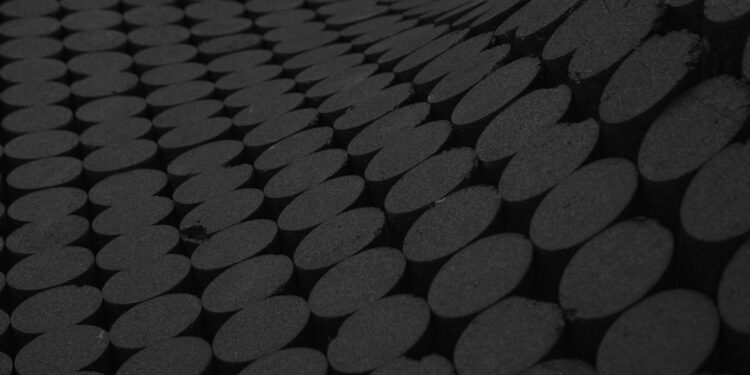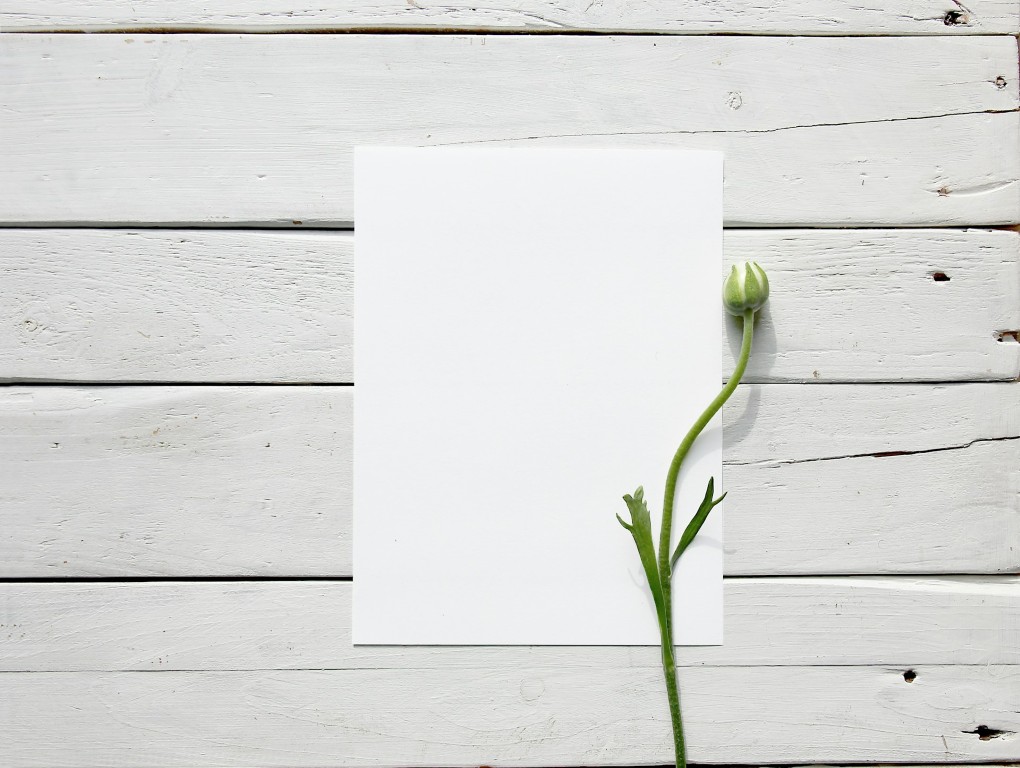Motion graphics design is a captivating art form that commonly encompasses the combination of graphic design and animation. It is an ever-evolving field that holds immense potential in today’s creative world. From advertisements to films, motion graphics design has made its mark in various industries.
The term “motion graphics” refers to the manipulation of visual elements, such as text, illustrations, and images, to convey a message or tell a story through motion. It adds a dynamic and engaging dimension to traditional graphic design, giving it an extra edge.
One of the key characteristics of motion graphics design is its ability to seamlessly blend different techniques and elements. It is a multidisciplinary practice that combines elements from graphic design, animation, videography, and sometimes even music production. This fusion of techniques allows motion graphics designers to create visually appealing and interactive designs that capture the audience’s attention.
The creative process of motion graphics design starts with a concept or idea. Whether it is a client brief or a personal project, understanding the purpose and intended message is crucial. This initial stage involves brainstorming, research, and sketching out different ideas to visualize how the design will come to life.
After the concept is defined, the next step is to create a storyboard. A storyboard is a sequence of rough sketches or images that outline the progression of the design. It serves as a blueprint for the animation, helping the designer visualize the timing and transitions between different elements.
Once the storyboard is finalized, the actual design and animation process begins. Motion graphics designers often use software applications like Adobe After Effects, Cinema 4D, or Blender to create their designs. These software tools provide a wide range of features and functionality that enable designers to bring their ideas to life.
Typography plays a significant role in motion graphics design. Text becomes an integral part of the animation, and designers have the flexibility to experiment with different fonts, sizes, and styles. Dynamic text animations can create a strong visual impact and effectively convey a message.
Color is another essential element in motion graphics design. Colors evoke emotions and can be used to establish the overall tone and mood of the design. Designers carefully select color palettes that complement the storyline and enhance the visual aesthetic.
Sound design is often incorporated into motion graphics to enhance the viewer’s experience. Music, voiceovers, and sound effects add depth and realism to the design. The synchronization between motion and sound creates a cohesive and immersive experience for the audience.
In recent years, motion graphics design has gained popularity due to its versatility and effectiveness in communication. It is commonly used in marketing campaigns, social media content, and even user interfaces. The dynamic nature of motion graphics ensures that the design remains engaging and memorable, capturing the viewer’s attention in a world filled with distractions.
Moreover, motion graphics design allows for a high level of creativity and innovation. Designers have the freedom to push boundaries and experiment with different styles, techniques, and visual effects. The ever-evolving technology and software tools provide endless possibilities for designers to create unique and visually stunning designs.
As the demand for digital content increases, motion graphics design continues to play a crucial role in various fields. It has become an integral part of modern storytelling, captivating audiences and conveying messages in a visually compelling way.
In conclusion, the creative world of motion graphics design offers endless opportunities for designers to unleash their creativity and captivate audiences. The combination of graphic design, animation, and sound design allows for the creation of visually engaging and immersive experiences. As technology continues to advance, motion graphics design will undoubtedly evolve, pushing the boundaries of creativity further. Whether it is a commercial advertisement, a film title sequence, or an interactive user interface, motion graphics design will continue to shape and define the visual landscape of the creative world.














